Development Status of the Paper Industry
The paper industry ranks as the third-largest manufacturing sector globally. While it continues to experience rapid growth, the industry faces significant challenges, such as shortages of raw materials and rising environmental pollution. As a result, the recycling of waste paper into secondary fibers has gained increasing attention.
In China, where raw materials for paper production are limited, recycling waste paper has become a key focus in recent years. Statistics reveal that the recovery rate of secondary fibers increased from 25.8% in 1996 to approximately 30% in 1999, indicating steady progress in paper recycling. However, repeated fiber usage leads to a decline in quality. Each recycling cycle results in a deterioration of the fibers’ performance.
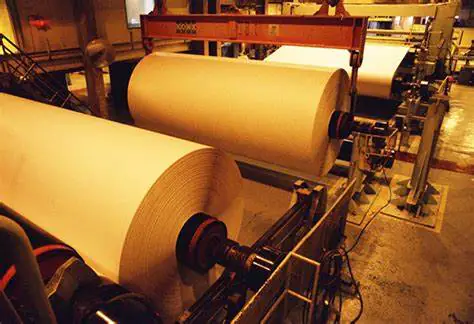
The degradation of waste paper fibers is evident in the shortening of fiber length and the reduction in key physical properties, such as breaking length, burst index, tear strength, and folding endurance. This deterioration occurs due to the repeated processes of pulping, dewatering, and drying. During these processes, hydrogen bonds between cellulose molecules become stronger, causing the cellulose to shift from an amorphous state to a crystalline one, thereby increasing its crystallinity. This irreversible stiffening of the fibers reduces their ability to swell, absorb water, and maintain flexibility. Over time, the bonding strength between fibers weakens.
Therefore, maintaining or slowing down fiber deterioration during the recycling process is a critical challenge in improving the efficiency of waste paper recycling. Both domestic and international experience demonstrates that adding cost-effective, efficient chemicals can significantly enhance fiber performance. These chemicals improve fiber strength, retention, filtration, and charge balance, making them a practical solution gaining attention from many companies.
Chemical Used in the Paper Industry
Polyacrylamide (PAM) is one of the oldest and most widely used additives in the paper industry. PAM is a water-soluble polymer with highly reactive double bonds and amide groups, enabling it to participate in various chemical reactions. By adjusting raw materials and reaction conditions, PAM can be produced with different functional groups, molecular weights, and properties.
|
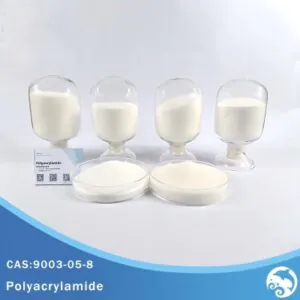 |
Classification and Application of PAM
PAM can be classified into anionic, cationic, non-ionic, and amphoteric types based on its functional groups. It can also be categorized as high, medium, or low molecular weight depending on its degree of polymerization. The applications of PAM in the paper industry vary depending on its molecular weight:
- Dispersant: PAM, with a molecular weight of 1,000–10,000 helps disperse fibers and fillers, improving pulp uniformity.
- Strengthening Agent: PAM with a molecular weight of 500,000–1,000,000 enhances paper strength, both in dry and wet conditions.
- Retention and Filtration Agent: PAM with a molecular weight of 2,000,000–4,000,000 increases retention rates of fibers and fillers, improving dewatering efficiency on paper machines.
- Flocculant: PAM with a molecular weight above 7,000,000 is used in wastewater treatment as a flocculant and can also act as a suspension agent for long-fiber pulps.
By selecting the appropriate type and molecular weight, PAM can fulfill various process requirements in paper production, improving both quality and efficiency.
Choosing the Right PAM
- Retention and Filtration Agent Modified PAM products are commonly used as retention and filtration agents in the paper industry. These include anionic (APAM), cationic (CPAM), and amphoteric (ZPAM) types, usually with molecular weights ranging from 2,000,000–4,000,000.
- APAM: Often combined with cationic compounds, APAM improves retention. For example, when combined with aluminum sulfate, it binds fibers, fine fibers, and fillers, increasing retention rates.
- CPAM: CPAM is widely used as a retention agent. It is typically a high molecular weight product with low charge density, aiding in fiber flocculation through charge neutralization. It can be used alone or in combination with anionic materials like bentonite to form a microparticle retention system. Under high shear, flocs break into smaller pieces, which are then reconnected by bentonite, forming more stable flocs. This process improves retention, uniformity, and dewatering.
- ZPAM: ZPAM works by using its anionic groups to repel negatively charged contaminants in the pulp, while its cationic groups bind to fibers, enhancing the retention of fine fibers.
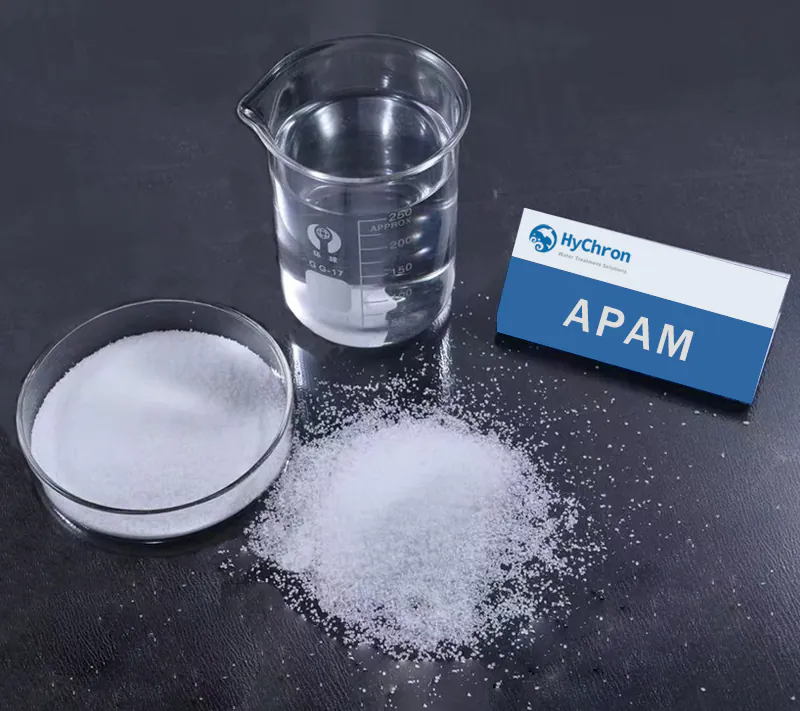
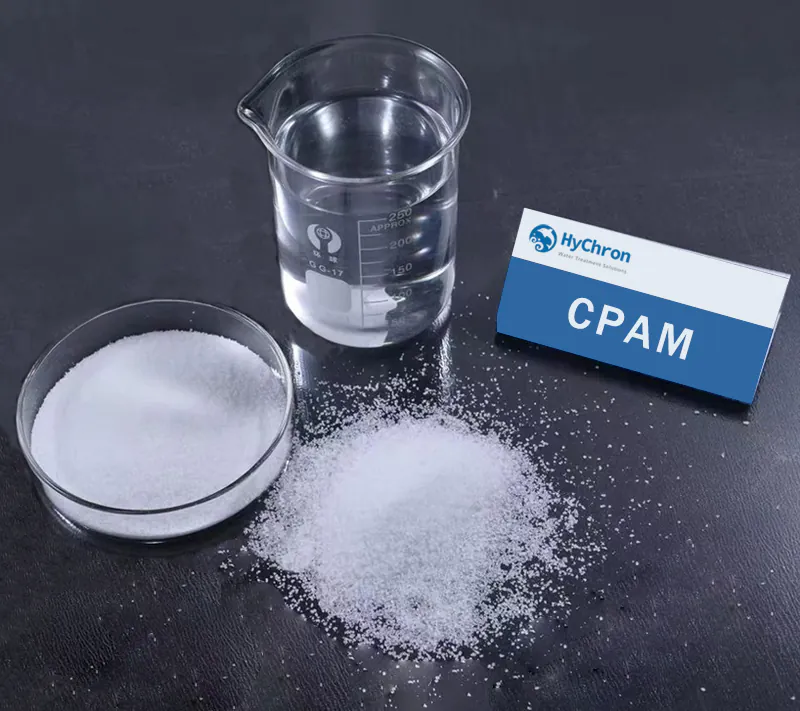
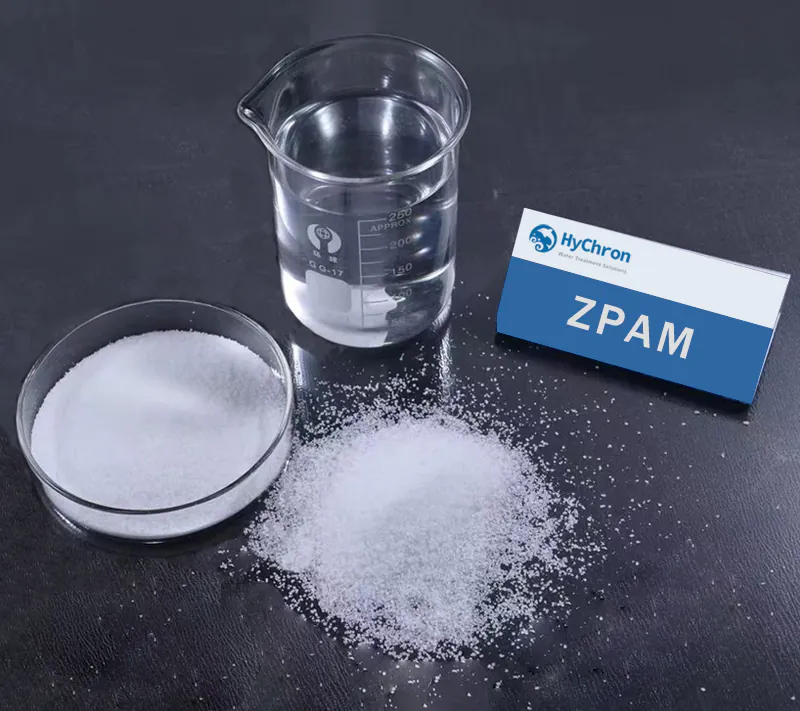
- Strengthening Agent PAM is also used to enhance paper strength by improving fiber bonding.
- CPAM: CPAM forms ionic bonds with negatively charged fibers and hydrogen bonds with fibers, strengthening the overall paper structure.
- APAM: When combined with rosin and aluminum sulfate, APAM strengthens paper. However, its effect decreases as the amount of fillers increases.
- ZPAM: ZPAM is particularly effective in strengthening waste paper pulp, where its effect is most noticeable.
- Dispersant and Flocculant
- Dispersant: Low molecular weight cationic PAM contains carboxyl groups that disperse negatively charged fibers, improving pulp viscosity, fiber suspension, and paper sheet uniformity, especially for long fibers.
- Flocculant: Amphoteric PAM is widely used in paper wastewater treatment. Its amide groups form hydrogen bonds with fine particles in wastewater, promoting aggregation, settling, and filtration. Compared to traditional inorganic flocculants, amphoteric PAM offers advantages like lower dosage, faster settling, less sludge, and easier post-treatment.
Conclusion
Polyacrylamide (PAM) is an essential additive in the paper industry. It plays a vital role in retention, filtration, paper strengthening, and the dispersing and flocculating of materials. By selecting the appropriate type and application method, PAM optimizes the paper production process, improves paper quality, and reduces wastewater treatment challenges, ultimately contributing to resource recycling. Its significant value and potential in the paper industry are clear.
